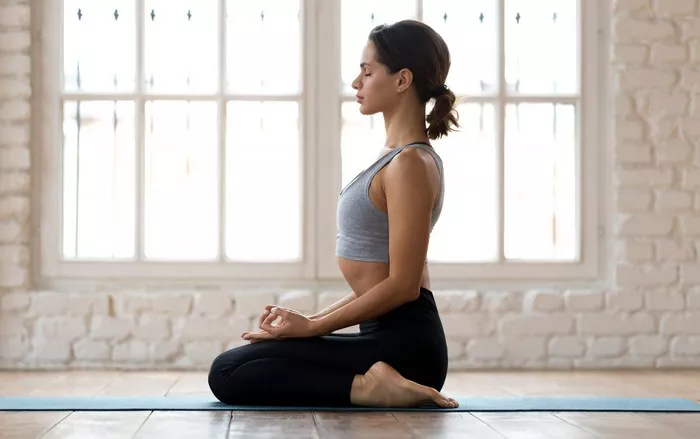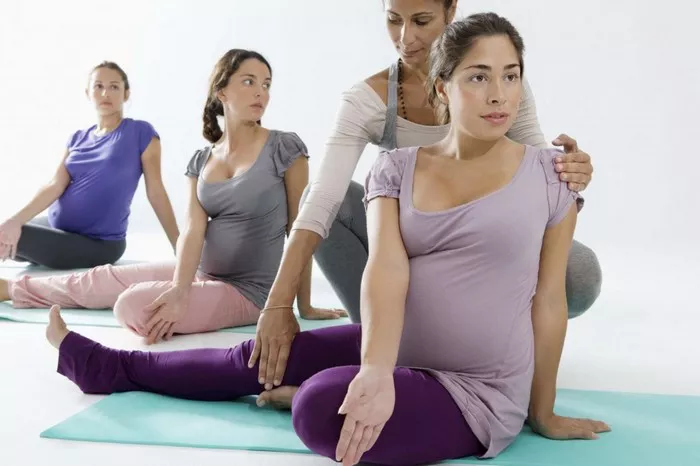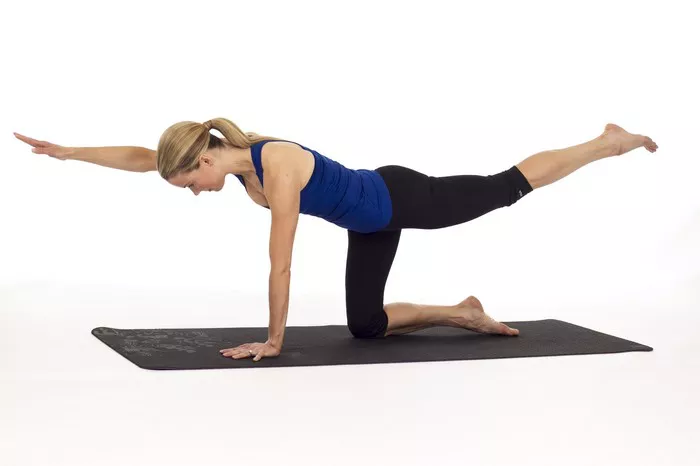Ashtanga Yoga is a highly structured and disciplined practice that follows a set sequence of postures, progressing from the Primary Series (Yoga Chikitsa) to the Intermediate Series (Nadi Shodhana) and beyond. The transition from the Primary Series to the Intermediate Series is an important milestone in an Ashtanga practitioner’s journey. It signifies deeper physical, mental, and energetic development. However, determining the right time to start the Intermediate Series requires careful consideration.
Understanding the Ashtanga System
Ashtanga Yoga, as taught by Sri K. Pattabhi Jois and now carried forward by his students, follows a progressive methodology. Each series builds upon the previous one, preparing the body and mind for the challenges of the next. The Primary Series focuses on detoxifying and strengthening the body while establishing a solid foundation in breath, bandhas (energy locks), and drishti (gaze). The Intermediate Series, also known as Nadi Shodhana, aims to purify the nervous system and cultivate greater levels of strength, flexibility, and endurance.
Prerequisites for Starting the Intermediate Series
Since the Intermediate Series introduces more challenging asanas, deeper backbends, and intense hip and shoulder openers, practitioners should meet several key requirements before transitioning:
1. Mastery of the Primary Series
Proficiency in the Primary Series is essential. This does not mean perfection, but rather a consistent and stable practice with proper alignment, breath control, and fluid movement.
You should be able to complete the entire Primary Series with ease, without excessive strain or fatigue.
The ability to maintain Ujjayi breath throughout the practice is a crucial indicator of readiness.
2. Strength and Flexibility
The Intermediate Series introduces deeper backbends such as Kapotasana, which requires substantial spinal flexibility and strength.
Arm balances and deeper twists necessitate well-developed core and upper-body strength.
Sufficient hamstring flexibility and hip mobility are crucial for poses like Eka Pada Sirsasana (leg behind the head pose).
3. Stability in Key Postures
A stable and controlled Urdhva Dhanurasana (Upward Bow Pose) is a good sign that your backbend practice is ready for the more advanced variations in the Intermediate Series.
Consistent strength in Chaturanga, Bakasana, and other arm balances indicates readiness for more challenging transitions.
The ability to perform Supta Kurmasana with ease suggests that your hip flexibility is adequate for the demands of the next series.
4. Breath Control and Mental Readiness
The breath should remain steady and controlled throughout the Primary Series. If the breath is erratic or forced, the nervous system may not yet be ready for the demands of the Intermediate Series.
Practicing with patience and humility is essential. The Intermediate Series can be frustrating, and rushing through it may lead to injury or burnout.
Signs That You Are Ready to Begin the Intermediate Series
If you meet the prerequisites above and feel stable in your Primary Series practice, your teacher may gradually introduce you to postures from the Intermediate Series. Here are some clear indicators that you are ready to start:
- You have been practicing the full Primary Series consistently for at least a year or more.
- You can maintain smooth, even breathing throughout your practice.
- Your body feels strong and open in foundational postures like Urdhva Dhanurasana and Supta Kurmasana.
- You have a strong and engaged bandha practice, especially in core activation.
- You can execute transitions with control, rather than relying on momentum.
How to Transition into the Intermediate Series
Transitioning into the Intermediate Series should be gradual and guided by a knowledgeable teacher. Here are some best practices:
1. Introduce Postures Slowly
Many Ashtanga teachers introduce the Intermediate Series one pose at a time, allowing students to integrate each new posture before progressing further.
Often, the first few postures—Pashasana (Noose Pose) and Krounchasana (Heron Pose)—are introduced before deeper backbends and leg-behind-head poses.
2. Focus on Strengthening the Spine and Shoulders
Since the Intermediate Series involves intense spinal work, it is important to prepare the back with preparatory exercises and mindful engagement.
Shoulder mobility exercises and strengthening drills will be beneficial for arm balances and deep twists.
3. Maintain Primary Series as a Foundation
Practicing the Primary Series alongside the Intermediate Series ensures that your body maintains strength and alignment.
Some practitioners alternate days between full Primary and partial Intermediate practice.
4. Listen to Your Body
Never force yourself into postures before your body is ready. Injury often occurs when practitioners push beyond their limits.
Respect the process and honor your body’s unique pace of progression.
Common Challenges and How to Overcome Them
1. Struggles with Backbends
Many practitioners find the deep backbends of the Intermediate Series daunting. Consistent work on Urdhva Dhanurasana and drop-backs in the Primary Series will help.
Strengthen your posterior chain (glutes, hamstrings, and lower back) to support backbends.
2. Difficulty in Arm Balances
Building upper-body strength with preparatory drills like plank holds and controlled Chaturangas will assist in arm balances.
Engage your bandhas and maintain breath awareness to find balance and lightness.
3. Mental Resistance
Fear and frustration can arise when encountering challenging postures. Developing patience and a non-attachment mindset is key.
Meditation and pranayama can help maintain focus and equanimity.
Conclusion
The transition from the Primary to the Intermediate Series in Ashtanga Yoga is a significant step that requires physical readiness, mental patience, and guidance from an experienced teacher. There is no rush—Ashtanga is a lifelong practice. When approached mindfully, the Intermediate Series can bring profound benefits, including a stronger, more flexible body, a resilient nervous system, and a deepened awareness of breath and movement.
If you feel ready, consult your teacher and start integrating the Intermediate postures gradually. Embrace the journey with humility, dedication, and an open heart. Yoga is not about achieving postures but about cultivating awareness, discipline, and inner transformation. Enjoy the process!
Related Topics:
























